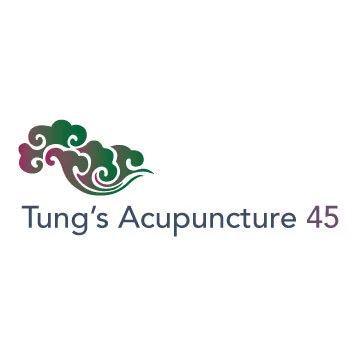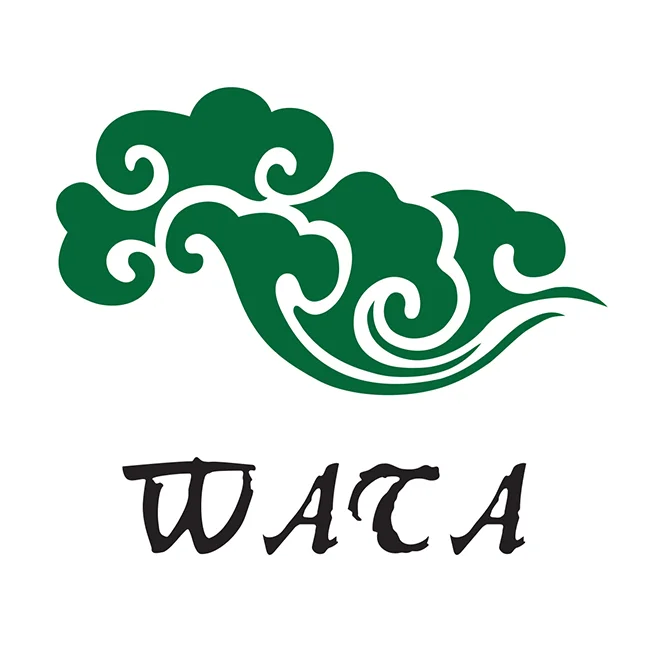1. What is the difference between Tung’s palm diagnosis and other styles of palm diagnosis?
/The Tung’s palm diagnosis was firstly made public in words in the Zhong Yi Yen Jiao (The Researches of the Chinese Medicine) in 1978, volume one. It was written by my student Dr. Yen Wu-Cun in accordance with my teachings and writings. The content was not exactly same as that currently circulated on the internet. Mine teachings and writings were the practical information resulted from experimenting, proving, and revising from Master Tung’s original teachings. In response to many students’ request, I started to teach palm diagnosis in some doctoral programs in the recent years.
Tung’s palm diagnosis is closely related to channels (Jing-Luo). It is not difficult to learn Tung’s palm diagnosis if one understands well the hand-foot same name channels and the extraordinary connections of the Zhang Fu organs. The readers may refer to the article “The Discussion on the Tung’s Palm Diagnosis” authored by Dr. Tsai Ming-Zong published in the Symposium of Master Tung’s Extraordinary Points in 1999. His article has details on the relations between channels and palm diagnosis. The differences between Tung’s palm diagnosis and others are generally described as follows.
1. Different Location/Regions Definition: The location definition in general palm diagnosis may accord to the eight trigrams, palmer lines, or other self-defined system. The Zang Fu locations in Tung’s palm diagnosis are different from those currently populated styles. In Tung’s palm diagnosis, other than the Zang Fu eight trigrams, the San Jiao locations, including the vertical and horizontal San Jiaos, are even more emphasized. Tung’s palm diagnosis particularly emphasized in the channel localization. If one understands the same name channel communication, and the extraordinary connections of the Zang Fu organs, he will not have difficulties realizing Tung’s palm diagnosis.
2. Different Diagnosis Methods: General palm diagnosis more focuses on the lines, including those major lines such as Heaven line (Love Line), Human line (Wisdom Line)….and minor lines such as vertical, horizontal, island, and obstruction liens, ...etc. Master Tung also observed the changes of color and luster, and flecks, but he most focused on the blue veins and shadow in every region, and secondly focused on the overall palm color and the temperature, muscle thickness or thinness, and indentation or convex in every region. For example, the plumpness or concaveness in the range of the trigram Gen-mountain region, or Venus mount, reflects a person’s constitution (vitality) and kidney qi, either strong or weak. If the muscle along the edge of palm of the Houxi (SI3) area is lack of elasticity or is concave, the diagnosis is kidney qi deficiency. If the little finger is too short, it is also diagnosed as kidney qi deficiency.
3. Different action/purpose: Master Tung often needled in accordance with the veins and the shadows. For example, the elevated blue veins along the edge of the palm about the Yuji point (LU10), can be diagnosed according to the upper, middle and lower positions to the shoulder or neck and upper back pain. Needle directly on the site of the elevated veins on the palm can treat the related pains. This was as a result of the discovery of the Chongzi and Chongxian points. Also, if the elevated blue veins are around the middle and lower Jiao regions, plus the palm temperature is lower, the diagnosis is Spleen and Kidney Yang deficiency and the treatment is to needle Linggu and Shenguan. If the palm temperature is high and there are many blue veins, the diagnosis is Liver and Kidney Yin deficiency with exuberant fire. And the treatment is to needle the Shenguan, Renhuang and Huoying points.










